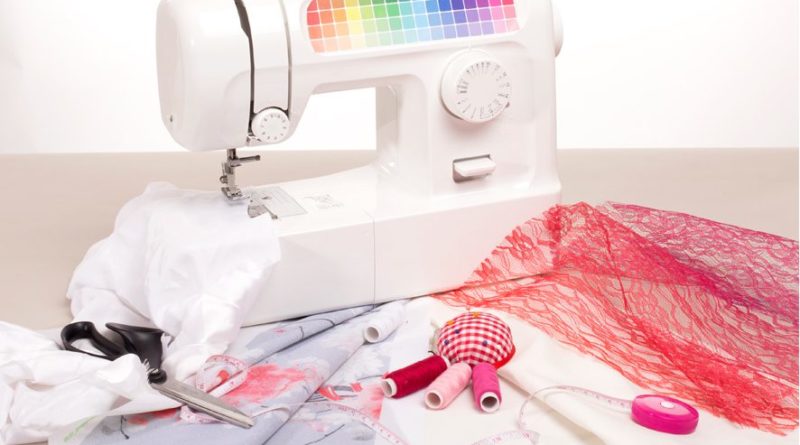The Common Problems Faced While Sewing And How To Fix Them
Sewing Machines are devices with mechanized needles for stitching or mending clothes. These machines make our day-to-day life activities related to mending a lot easier. Whether there’s a missing button or a huge rip across the clothing, these machines always come handy.
Apart from the tasks of pinning, cutting, and stitching put the user into a state of focus that pushes aside pressure and anxiety to keep attentiveness on the fabric.
Some people find sewing a hobby and often find it as a method of omitting anxiety from their lives, in their spare time. Sewing a material through a machine requires a huge amount of unfaltering attentiveness.
But, it is not so easy being said about its innumerable benefits and advantages. Along with them comes a lot of issues which majority of the people face and maybe did not yet conclude to a solution.
Although there are many guides available such as the Articles, Youtube videos and also the manual that explains how to use a sewing machine
The common problems faced nowadays while sewing is:
- Curved needles at bay: Yes, we often tend to use the curved needles while sewing which emerges to be the reason behind destructive work. It is always to be kept in mind that the moment you see the needle to be angled or broken simply throw it away in a safe manner. The best solution is to always opt for new needles while you are starting off with new work. This will not only keep unwanted problems of sudden breakage or bending of needles at bay but also satisfy you of keeping up with a smooth work.
- When the fabric is not stuffed: It has to be kept in mind that the pressure foot is kept lowered and also to the perfect measurement of the fabric that is being sewed. It also must be noticed that the machine is kept in a drop-feeding setting. A very important action which must be carefully noticed is to always keep the fabric underneath the needle before you start working with the pressure foot.
- Uneven Stitches: needles can break if you put a lot of pressure on them. But even worse they can be the cause of uneven stitching. It is recommended that you switch needles after every 16 hours of stitching. A lot of things other than a bad needle can contribute to uneven stitching. If you are prone to pull the fabric from behind, then it can also contribute to uneven stitching. Choosing the proper needle for the fabric also matters. If you have a higher number of the needle which you are using on silk or chiffon, then it may turn out to be uneventful for you. The solution is simple, keep changing your needle and follow proper sewing practices.
- Keeping a watch on the bobbin tension: the tension of the bobbin is a thing to check out while you are sewing. It happens in certain cases that you are unable to adapt to the tension of the bobbin and restlessly modifying it. Wait, there is something wrong with it and that needs to be changed. Bobbins, in major cases, go through wear and tear and that leads to its obsolete nature. Go for new metal bobbins and that might work very well.
- Thread not accompanying: This one is a very common issue witnessed everywhere where the thread keeps cracking and discontinuing. Well, that is only because you have opted for a thread which is designed for hand-sewing. It has to be kept in mind that threads for sewing machines are very different from hand-sewing. The former requires quite a hardy one while the latter requires the contrast. Not only that, but you also have to look whether you have kept both the thread’s measurement in the top and the bottom in the same manner.You have to re-thread the upper thread keeping the pressure foot high while doing that and if the problem persists then go for lowering the tension of the top thread while the sewing machine stuck in reverse.
- Machine not Sewing: the most common issue faced by any beginner is the machine, not sewing. Unless you are working on a faulty machine, this problem can be caused by simple start-up errors. Make sure that the thread and needles are placed properly, read the user manual carefully. Keep the pressure foot up while setting up while threading and once done the pressure foot should be brought down. Also, make sure that the needle is facing the right side for it to pick up the thread. Newer machines that use electricity to run may require proper cable functioning, hence check if the machine is powered on, or if it’s not receiving power for any reason.
Now when we have a detailed account of the common issues faced while sewing and also how to fix them, we can very well go ahead with our work and conclude with smooth productivity.




